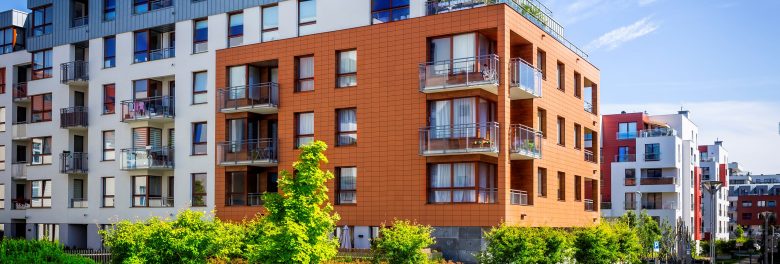
The GLA have set benchmarks to reduce the embodied carbon emissions of a building and are requiring developments to consider material changes to reduce these emissions. Embodied carbon refers to the carbon emissions associated with materials and construction processes throughout the lifespan of a building. In order for the UK to become carbon neutral, further focus needs to be given to reducing embodied carbon emissions. By incorporating innovative materials and enhancing the utilisation of recycled content in building construction, it becomes feasible to lower these overall emissions. This will allow initial steps to be taken to delivering net-zero buildings.
- Use recycled aggregates
According to the Construction Products Association, 30% of the total waste in the UK is made up of construction and demolition waste. Using recycled aggregates from the existing material on site will not only lower total embodied carbon emissions but will also contribute to diverting more waste from landfill.
- Use pre-cast concrete elements
As pre-cast concrete is typically manufactured using exact-batch technology, there is minimal waste created. This will reduce emissions associated with the manufacturing process (Module A3) and lower the total embodied carbon of a project. Furthermore, pre-cast concrete can still be recycled at its end of life which also promote the principles of a circular economy.
- Use recycled steel
On average, virgin steel made in a basic oxygen furnace produces approximately 2,800 kgCO2e/tonne while steel made from 95% scrap will only produce 800 kgCO2e/tonne in embodied carbon emissions. Steel made with renewable energy also has the potential to reduce carbon emissions by up to 70%.
- Use cement with recycled binders
According to UK Concrete, the UK uses over 90 million tonnes of concrete annually which accounts for 1.5% of the country’s total emissions. Concrete forms a large percentage of the embodied carbon emissions of a building. Using binders such as fly ash, ground granulated blast-furnace slag (GGBS), limestone, or silica can reduce emissions from concrete by up to 40%. Unfortunately, supply chain issues with GGBS and fly ash are presenting a barrier to widescale implementation.
- Explore alternative insulation types
Mineral wool insulation is the most commonly used insulation type and emits on average 5 tonnes of CO2e/m2. Alternative insulation types, such as sustainably sourced organic materials including cellulose and hempcrete will result in a negative embodied carbon figure between -14 to -1.5 kg CO2e/m2.
- Optimise the finishes specification
For residential projects, internal finishes comprise 16% of the total embodied carbon emissions. This share can be lowered by using self-finishing finishes, such as timber, specifying long lasting and durable finishes, or using finishes with a high recycled content, such as recycled carpet tile. For commercial uses, speculative finishes should be avoided until the end use of the building is confirmed.
Posted on August 29th, 2023
Author: Leah Bisson
Related services: Whole Life Cycle Carbon Assessments, Planning Policy & Zero Carbon, Zero Carbon Buildings,